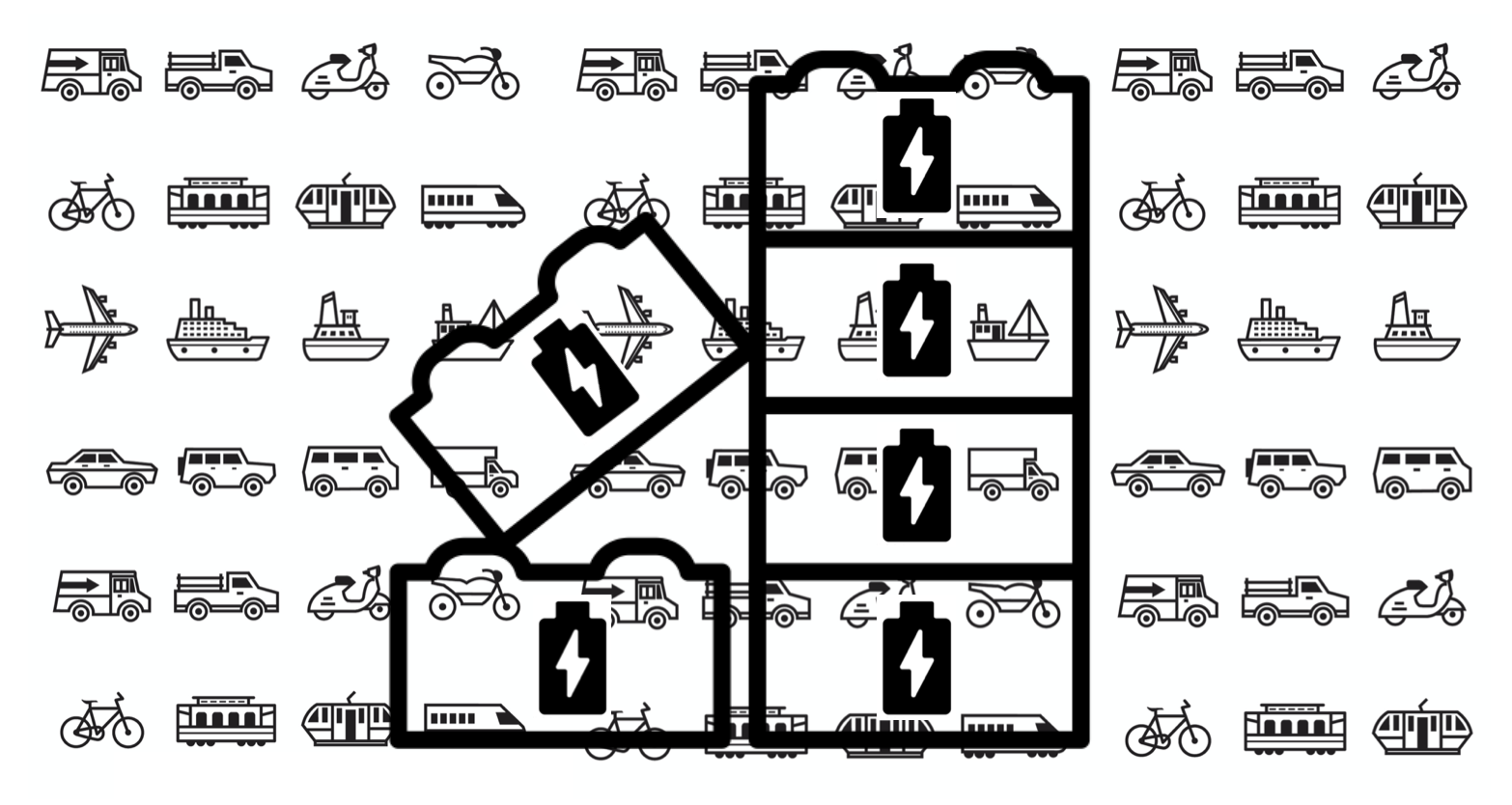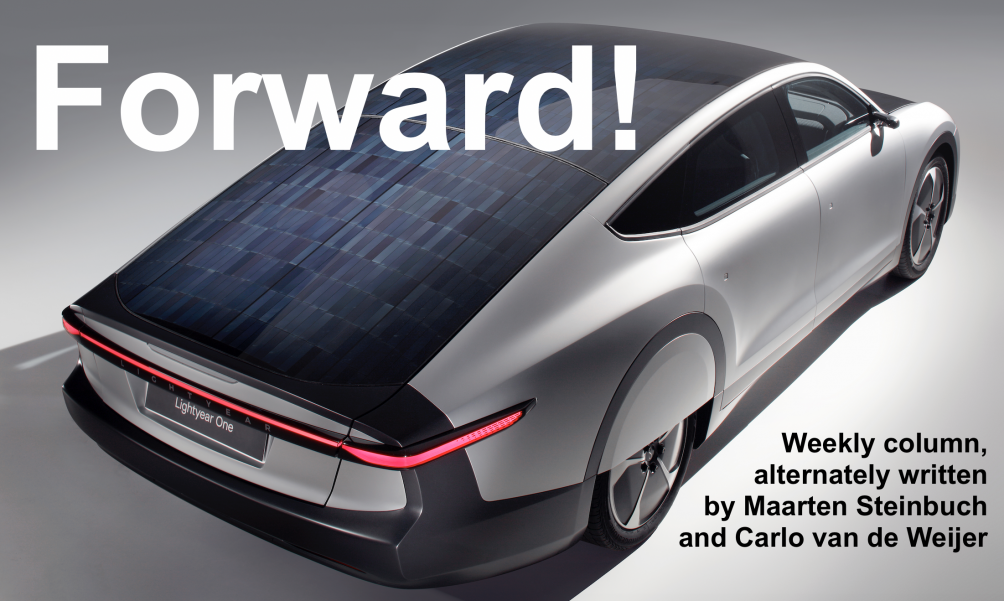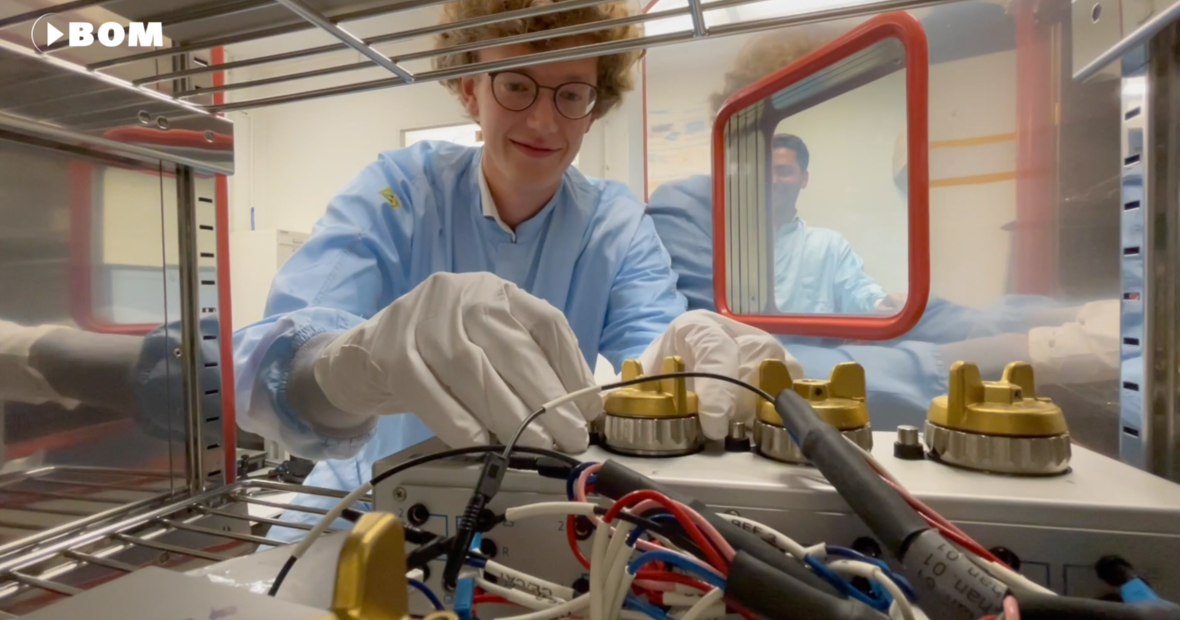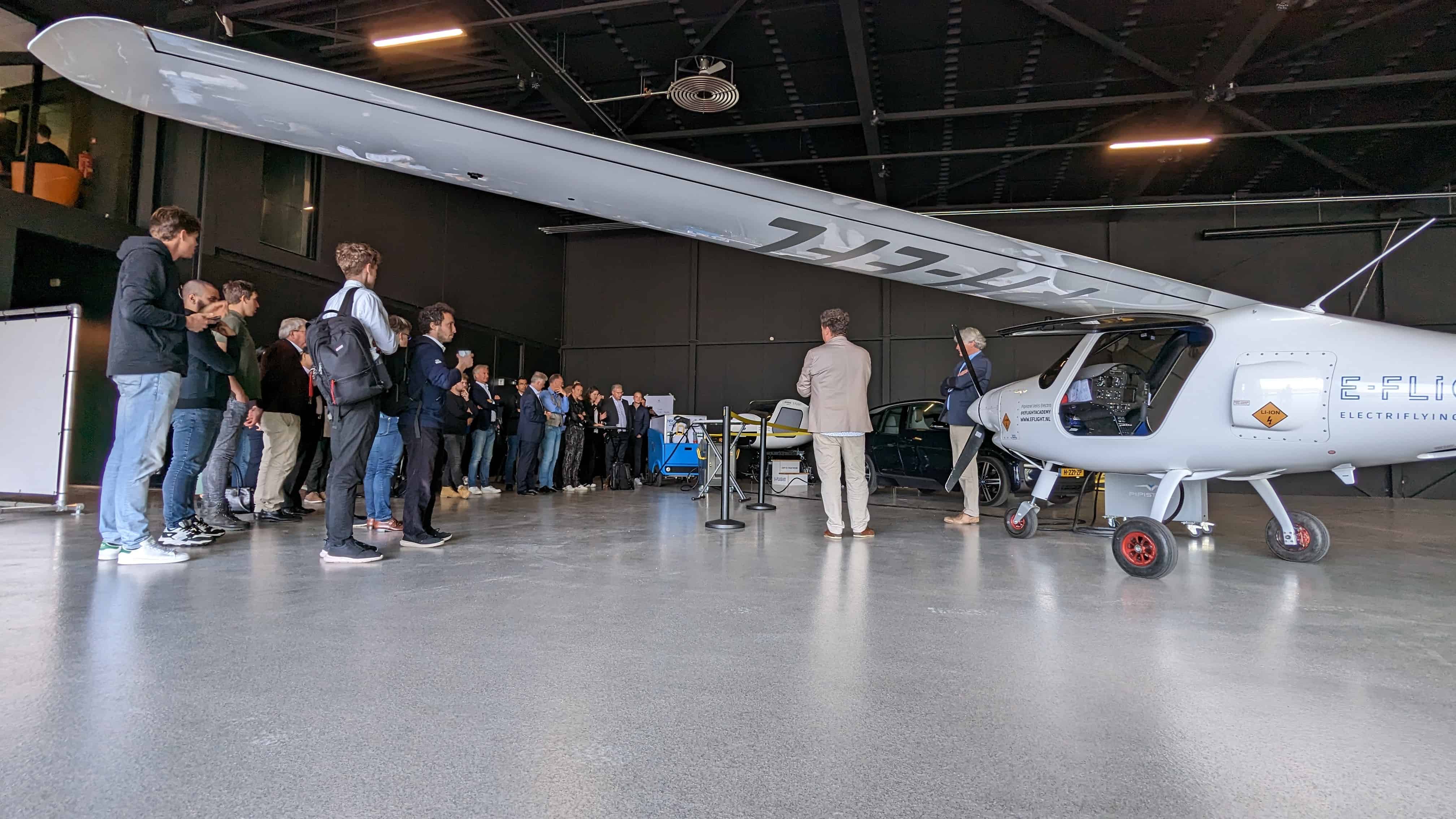
Batteries for electric cars are currently incorporated into the base plate as a module or pack by default. But what if the doors, the roof, or the boot lid could also be filled with batteries? Or even stronger: if the doors and trunk lid were themselves a battery? Researchers from Sweden’s Chalmers University of Technology and Stockholm’s KTH Technical University recently published a report on their “massless” battery.
This battery is designed to be not only a source of energy but also a solid structural material. Here the electrical components are cleverly incorporated into the other materials. In fact, the battery is not massless, but because it replaces a structural component, the total mass remains the same. It sounds like a breakthrough, but the energy density of the battery, at 25 Wh/kg, is only a fifth or less of a normal battery. Nevertheless, it is interesting to calculate what it could mean.

Suppose that all the structural components of a middle-class electric car together weigh about 800 kilograms. If you could replace those parts with the new massless batteries, those same 800 kilograms would yield about 20 kWh of capacity. That could correspond to a range of up to 150 kilometers. This means that you still have to add quite a few extra normal batteries to get to the desired range of say 400 kilometers. Yet, you save about 160 kilos with your battery as a construction material. In addition, if you have less weight to carry, the construction can be made a bit lighter. So there is a small double positive effect in that.
Although I don’t believe that this new invention will result in a real breakthrough within the next ten years, it is an interesting development. The researchers expect to further develop their battery to a capacity of 75 Wh/km. That could boost the range for a car with 800 kilograms of structural components to as much as 450 kilometers. In the longer term, this could also be very interesting for applications with a large surface area, such as an aircraft, particularly as weight is very important there. On the other hand, changing the battery at the end of its life is less straightforward.
A less revolutionary technique is to combine all structural components with standard batteries, which also makes those components mechanically stronger. Several manufacturers are working on this as well. Thus the battery is increasingly becoming an integrated building block for modern mobility.
Maarten Steinbuch and Carlo van de Weijer are alternately writing this weekly column, originally published (in Dutch) in FD. Did you like it? There’s more to enjoy: a book with a selection of these columns has just been published by 24U and distributed by Lecturis.






